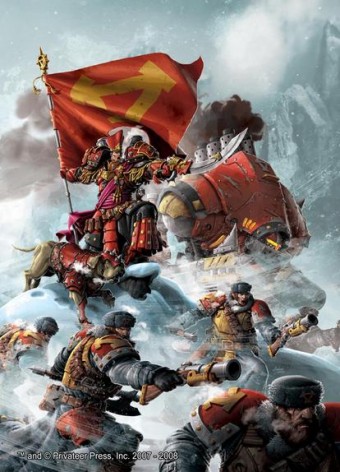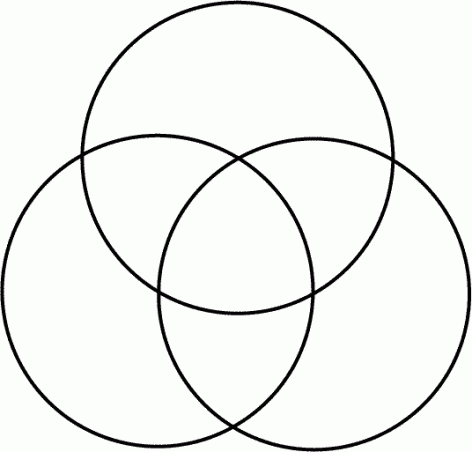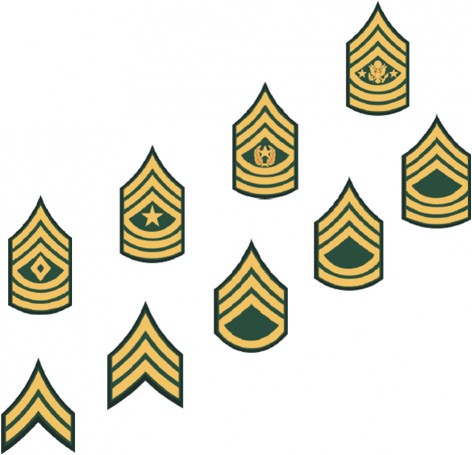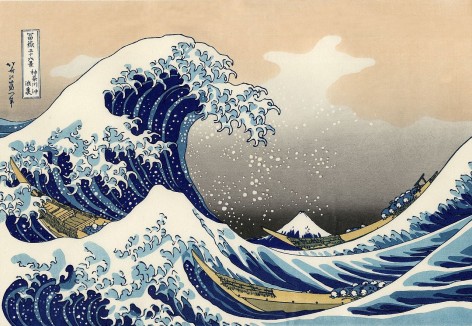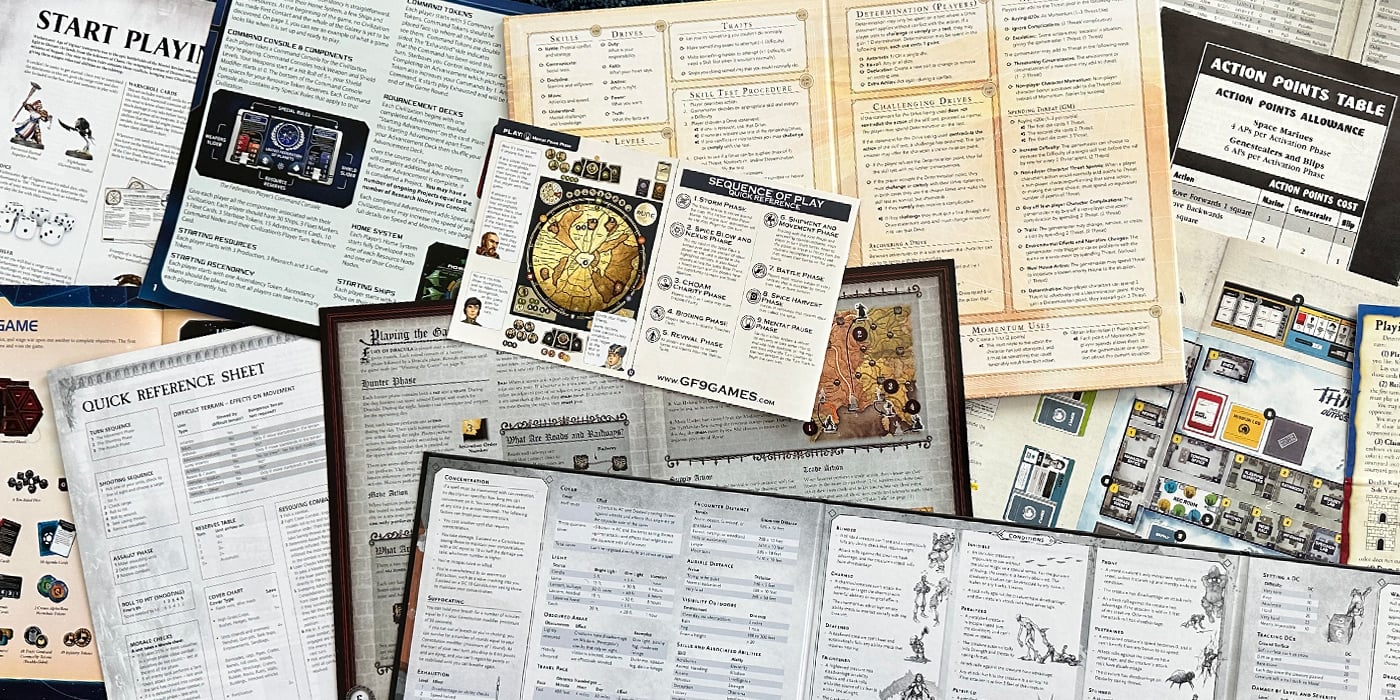Warmachine: Band of Brothers (or Sisters)


Units of models are a powerful tool in Warmachine/Hordes. Here are some quick tips to help you get the most out of them.
Warrior Plum Pudding:
One of the more important principles to understand early on with WM/H is that every model gets it own full activation (typically comprised of “move then attack”). That comes intuitively for single models such as warcasters/warlocks, solos, and warjacks/warbeasts but, due to the unique way WM/H handles them, it also applies to units.
If WM/H is your first miniatures game (god bless you, noble warrior) then you won’t know any different, but for anyone coming from other gaming systems this can be quite an adjustment. One thing that can be helpful in ensuring that you activate your models effectively (and correctly) is to think of your units like coalitions of solos that all have to move and attack at the same time (while hanging out near each other). Its an abstraction of the full rules (which are of course more nuanced and technical, because its WM/H) but that general idea can help a lot when using a unit for the first few times.
Bubbles of Communication:
The unit leader – either the one the unit comes with stock, or an Officer you picked up via a Unit Attachment (UA) – is the pivot point for your unit. Models that range outside of the unit leader’s command lose a lot of effectiveness, as they cannot make attacks (this hurts you on your turn, and during your opponent’s turn, as you cannot threaten free strikes), nor can they receive orders if they start their activation outside of the leader’s command (a huge problem for most melee models, and models that rely on orders for their gimmick).
An important thing to bear in mind with your unit leader is that – depending on how your opponent’s turn goes – their position may shift (due to the Officer/original unit leader dying), and thus your command bubble for measuring formation may change outside of your turn. This can cause big problems for you if you don’t plan accordingly; having half of your unit suddenly be cut off from command can be disastrous and isn’t always easy to rectify (if at all).
You can mitigate this problem by looking ahead and seeing possible command shifts before they happen: if your command bubble shifts, will it leave significant portions of your unit out of formation? If so, can you rearrange your unit to give you better field promotion options? If your Officer dies, is the original unit leader in a good position to maintain a similar command bubble?
Promotion Woes:
Here’s a little thing that is easy to miss out on: a model that has been upgraded to be unit leader via field promotion cannot make attacks the turn that it is so promoted. This rule mostly exists to limit the amount of shenanigans you can achieve via killing your own models, but it has an interesting side effect – a model that has been field promoted to be the new unit leader cannot make free strikes.
Its not something that comes up all the time, but it is something to keep an eye on. Field promoting the wrong model at critical juncture may free your opponent from having to worry about a freestrike you may have otherwise been threatening them with (or vice versa). This becomes harder to avoid (and more likely to come up) as units get whittled down, so always bear it in mind when you’re trying to find openings (or prevent them from happening).
In Waves:
Building off of the previous point, there is a habit that can form with units: the “wall ‘o meat” formation. Players will sometimes move units forward as aggressively as possible in order to try to leverage as many members of the unit at once, which usually results in the unit rolling across the table in a wave of angry meat.
While this does achieve the goal of giving you the maximum amount of offensive potential possible, there are some significant downsides that make this approach dangerous:
- It typically results in more bunching up, making your unit more susceptible to AOEs, sprays, Thresher attacks, etc.
- It makes it that much easier to over commit resources offensively – i.e. sending in the whole unit when half probably would have done the job – which in turn opens you up to more damaging counter attacks.
- It makes it easier for your opponent to jam/gum up your unit with fewer resources (since you’re concentrated in a single frontage).
A good default practice with units is to make “waves” of models within your command range. While it cuts down on the amount of damage you’re theoretically able to kick out all in one go, it pays dividends in the long run. A more open formation gives you more tactical flexibility, forces your opponent to work harder to mitigate your offense, and gives you more counter attack opportunities.
—–
Do you have any tips or tricks of your own when using units? Let us know about them in the comments!
Also, check out Sticks and Dice for more Warmachine and Hordes content!

